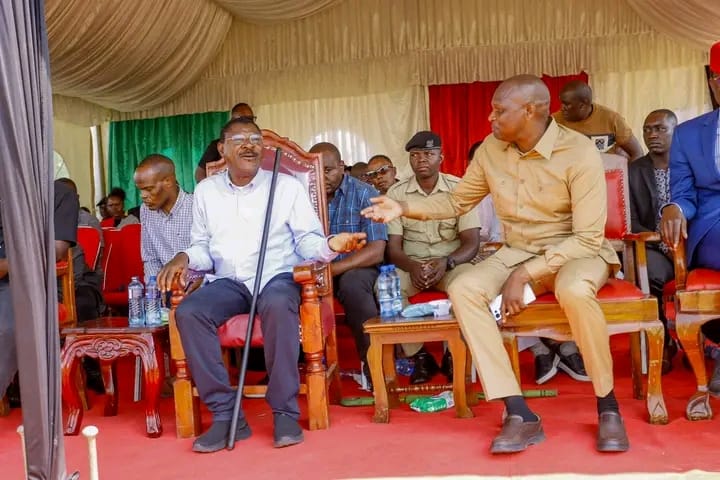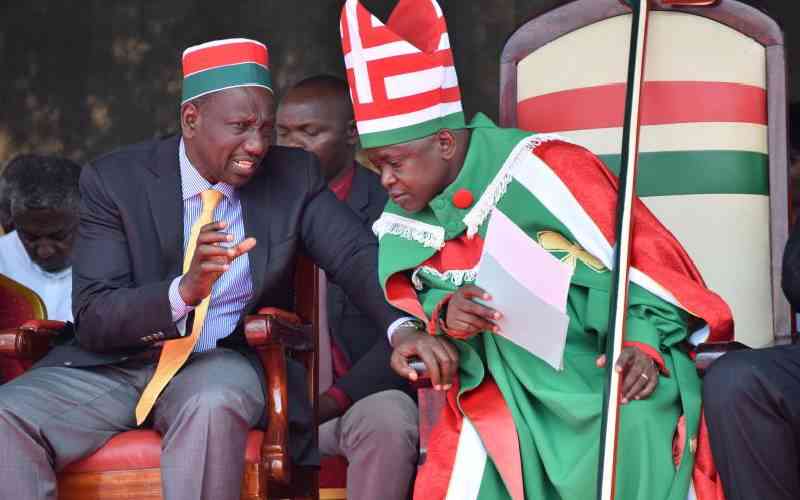The Mobility Enforcement Unit (MEU) will comprise four specialized divisions: the Public Transport Unit, Traffic Marshal Unit, Motorcycle Transport Unit, and County Parking Unit. Each division will focus on specific transport management areas, from overseeing public service vehicles and managing congestion to ensuring compliance by boda boda operators and addressing illegal parking issues
The Nairobi City County government has unveiled the Mobility Enforcement Unit (MEU) as a solution to the city’s persistent traffic congestion and disorganised transport system. Governor Johnson Sakaja highlighted the unit’s focus on enforcing transport regulations, eliminating illegal parking, and streamlining traffic flow throughout the city.
According to Sakaja, the MEU will implement key measures outlined in the Nairobi City County Transport Act, 2020, centralising enforcement within the Mobility and Works Sector. Speaking during a Cabinet meeting on Tuesday, the governor explained the importance of the initiative.
“It will centralise the regulation of public road transport, motorcycle operations (boda bodas and tuk-tuks), traffic management, and parking,” he stated.
The MEU will comprise four specialised divisions: the Public Transport Unit, Traffic Marshal Unit, Motorcycle Transport Unit, and County Parking Unit. Each division will focus on specific transport management areas, from overseeing public service vehicles and managing congestion to ensuring compliance by boda boda operators and addressing illegal parking issues.
“The Public Transport Unit will regulate matatus and other public service vehicles to ensure compliance with traffic laws, while the Traffic Marshal Unit will focus on managing traffic flow and congestion hotspots,” Sakaja elaborated.
He further explained that the Motorcycle Transport Unit will oversee the safe operations of boda bodas and tuk-tuks, while the County Parking Unit will handle illegal parking and improve access to designated parking spaces.
Importantly, the initiative will not require additional taxpayer funding, as it will utilise existing county resources to enhance operational efficiency. To support its operations, 360 enforcement officers will be deployed to bolster efforts aimed at tackling Nairobi’s long-standing transport challenges and improving urban mobility.
Traffic congestion in Nairobi is estimated to cost the Kenyan economy Sh100 billion annually, equating to approximately Sh11 million per hour. To alleviate this burden, the government embarked on a series of infrastructure projects in 2021 designed to transform the capital for its five million residents.
However, informal settlements in Nairobi have faced unique challenges due to poor road networks, hindering accessibility to critical services and creating severe difficulties in emergency responses, such as fire outbreaks. In February, the government initiated a project to open up these slums by constructing access roads.
The Kenya Urban Roads Authority implemented the Sh5.8 billion project, which upgraded 408.44 km of roads to carb or bitumen standards. The improvements included 70 km in Mukuru, 30 km in Dagoretti, 22.6 km in Kawangware, 41 km in Kangemi, 22.8 km in Kibera, 13.6 km in Korogocho, and 18.2 km in Mathare.
This project has been trans-formative for informal settlements, providing better road networks and easing access to essential services. During the Covid-19 pandemic, the government also focused on decongesting major roads, including Mombasa Road and Waiyaki Way, addressing the long-standing issue of traffic jams in the city.





